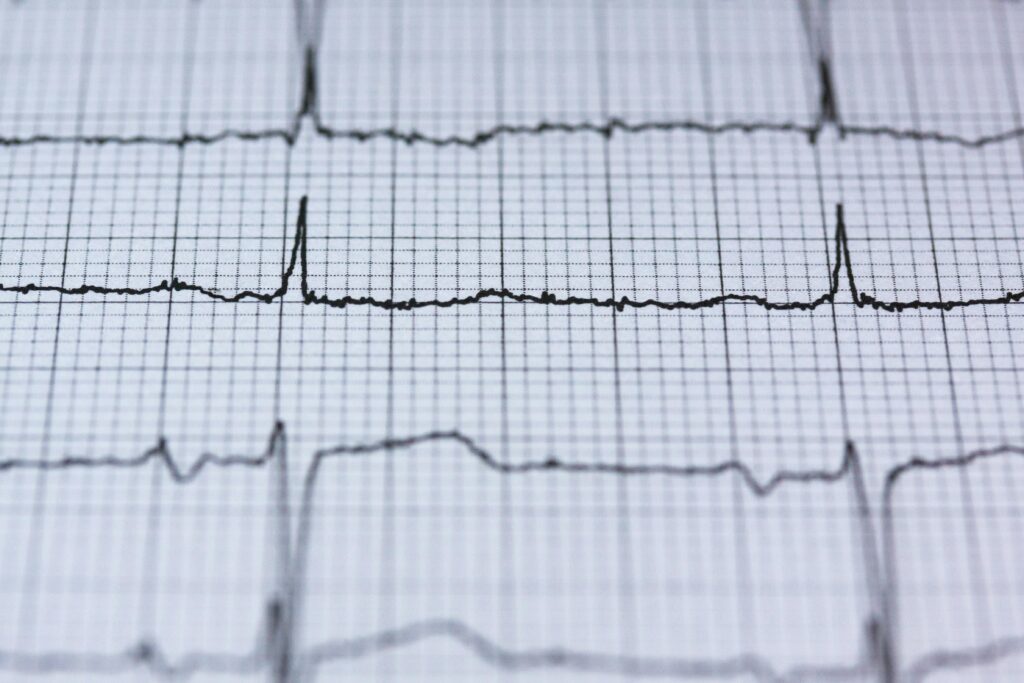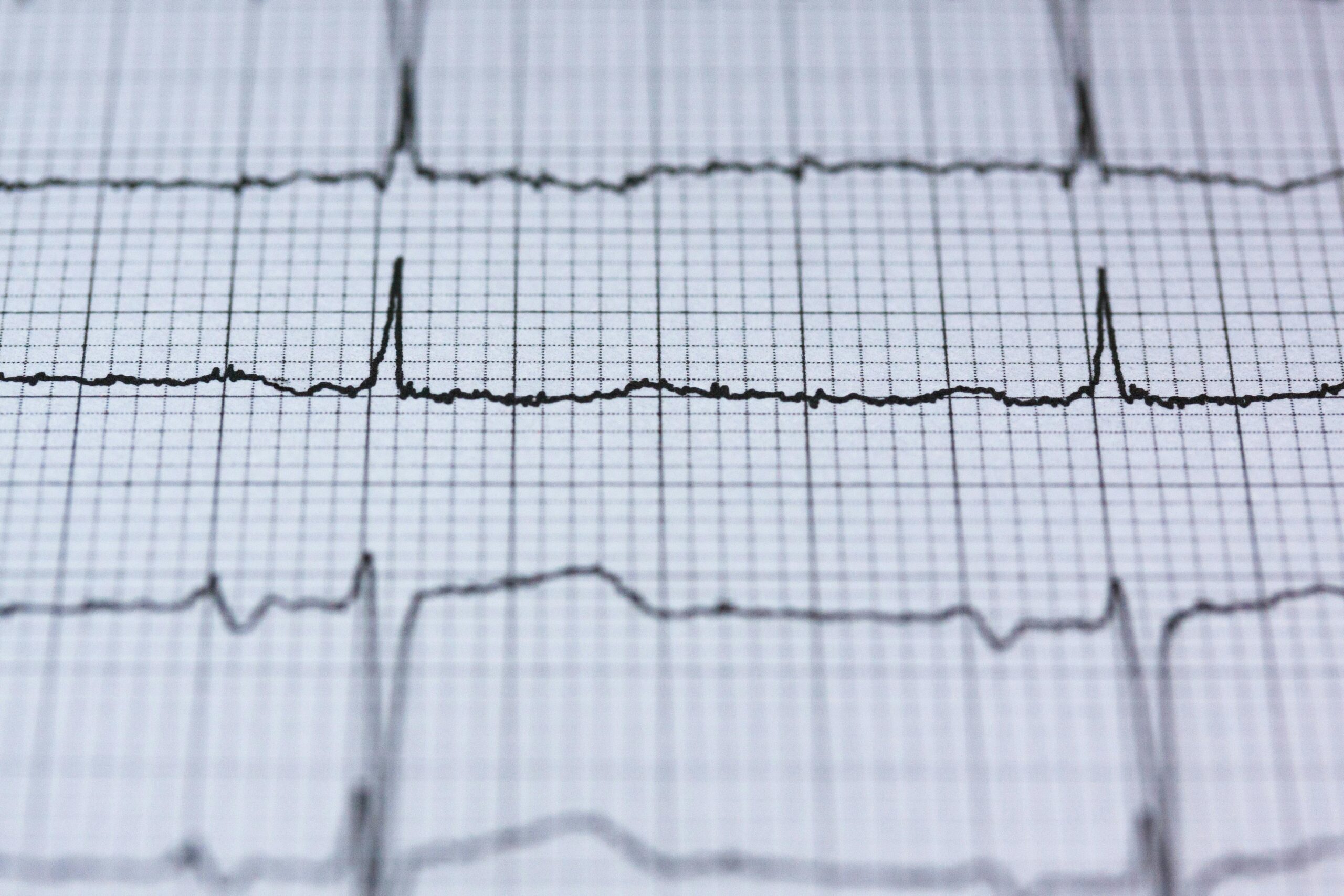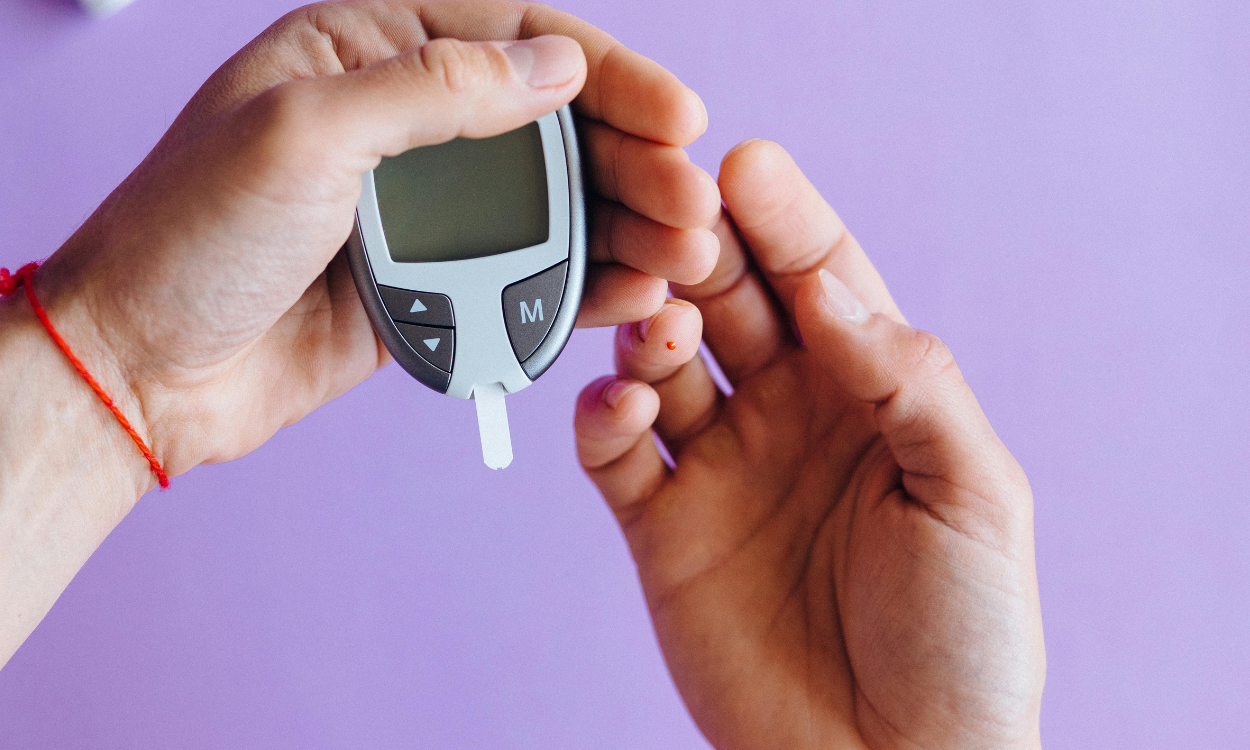Understanding Heart Attacks: Prevention, Early Warning Signs, and Quick Actions
A heart attack, also known as a myocardial infarction, is a serious medical emergency that occurs when the blood flow to a part of the heart muscle is blocked for a prolonged period. This blockage often results from a buildup of fat, cholesterol, and other substances, which form a plaque in the coronary arteries. When a plaque ruptures, it can form a clot that blocks the blood flow, leading to damage or destruction of the heart muscle. The effects of a heart attack can be life-threatening, making it crucial to understand how to prevent a heart attack and recognize its early warning signs.
Table of Contents
Early Warning Signs of a Heart Attack
Recognizing the early warning signs of a heart attack can save lives. Here are three key indicators to be aware of:
- Chest Discomfort or Pain: One of the most common warning signs of a heart attack is discomfort or pain in the chest. This sensation may feel like pressure, squeezing, fullness, or pain. It can last for a few minutes, or it may come and go. While chest pain is often associated with heart attacks, not all heart attack victims experience it. However, any unexplained chest discomfort should be taken seriously.
- Shortness of Breath: Another early sign of a heart attack is shortness of breath, which can occur with or without chest discomfort. This symptom may happen while you are resting or doing physical activity. It is crucial to note that shortness of breath can also result from other medical conditions, so it is important to assess it in the context of other symptoms.
- Nausea, Lightheadedness, or Cold Sweat: Experiencing nausea, lightheadedness, or breaking out in a cold sweat can also indicate a heart attack. These symptoms are often overlooked, especially in women, who may experience them without the classic chest pain. It’s important to be aware that these signs can occur suddenly and without any obvious trigger.

How to Prevent a Heart Attack Quickly
Preventing a heart attack involves adopting a heart-healthy lifestyle and making quick, effective changes to reduce risk factors. Here are some strategies to help prevent a heart attack:
- Maintain a Healthy Diet: A diet rich in fruits, vegetables, whole grains, and lean proteins can help prevent a heart attack by reducing cholesterol levels and improving overall heart health. Avoiding trans fats, saturated fats, and excessive salt is also crucial. Incorporate foods high in omega-3 fatty acids, such as fish, flaxseeds, and walnuts, which can help lower inflammation and improve heart health.
- Exercise Regularly: Regular physical activity is a cornerstone of heart attack prevention. Aim for at least 150 minutes of moderate-intensity aerobic exercise per week, such as brisk walking, cycling, or swimming. Exercise helps improve cardiovascular fitness, lower blood pressure, reduce stress, and maintain a healthy weight—all factors that can help prevent a heart attack.
- Quit Smoking: Smoking is a major risk factor for heart attacks. The chemicals in tobacco smoke damage the lining of the arteries, leading to the formation of plaques and increasing the risk of a heart attack. Quitting smoking is one of the most effective ways to reduce your risk. Seek support from healthcare professionals, support groups, or smoking cessation programs to help you quit.
- Control Blood Pressure and Cholesterol Levels: High blood pressure and high cholesterol are significant contributors to heart attacks. Monitor your blood pressure and cholesterol levels regularly and work with your healthcare provider to manage them. Lifestyle changes, such as diet and exercise, along with medications if necessary, can help keep these levels in check.
- Manage Stress: Chronic stress can contribute to heart attack risk by increasing blood pressure and causing unhealthy behaviors like overeating or smoking. Practice stress-reducing techniques such as meditation, deep breathing exercises, yoga, or mindfulness. Taking time to relax and unwind is essential for maintaining heart health.
- Limit Alcohol Consumption: While moderate alcohol consumption may have some heart health benefits, excessive drinking can increase the risk of a heart attack. It is recommended to limit alcohol intake to one drink per day for women and up to two drinks per day for men.
- Get Regular Health Check-ups: Regular check-ups with your healthcare provider can help identify risk factors for heart attacks and other heart-related conditions. These visits allow for early detection and management of conditions like hypertension, diabetes, and high cholesterol, all of which can contribute to heart attack risk.
Responding Quickly to a Heart Attack
If you or someone else experiences symptoms of a heart attack, it is crucial to act quickly. Here are some steps to take:
- Call Emergency Services: If you suspect a heart attack, call emergency services immediately. Time is of the essence, as prompt medical attention can significantly reduce damage to the heart muscle.
- Chew Aspirin: If you have aspirin on hand, chew a regular-strength aspirin tablet (about 325 mg) while waiting for emergency services. Aspirin can help prevent further blood clotting, which may reduce the severity of a heart attack.
- Stay Calm and Rest: Try to remain as calm and relaxed as possible. Sit or lie down in a comfortable position and avoid physical activity. This can help reduce the strain on your heart while waiting for medical help.
The Role of Drinking Water in Preventing Heart Attacks
Staying hydrated is essential for overall health, and drinking water plays a significant role in maintaining cardiovascular health. A heart attack, or myocardial infarction, occurs when blood flow to a part of the heart muscle is blocked, often due to a buildup of plaques in the coronary arteries. This blockage can lead to damage or destruction of the heart muscle, posing serious health risks. Understanding how drinking water can help prevent a heart attack, along with recognizing the early warning signs, is crucial for maintaining a healthy heart.
Early Warning Signs of a Heart Attack
Recognizing the early warning signs of a heart attack can save lives. Here are three key indicators to be aware of:
- Chest Discomfort or Pain: One of the most common warning signs of a heart attack is discomfort or pain in the chest. This sensation may feel like pressure, squeezing, fullness, or pain. It can last for a few minutes or may come and go. While chest pain is often associated with heart attacks, not all heart attack victims experience it. However, any unexplained chest discomfort should be taken seriously.
- Shortness of Breath: Another early sign of a heart attack is shortness of breath, which can occur with or without chest discomfort. This symptom may happen while you are resting or doing physical activity. It is crucial to note that shortness of breath can also result from other medical conditions, so it is important to assess it in the context of other symptoms.
- Nausea, Lightheadedness, or Cold Sweat: Experiencing nausea, lightheadedness, or breaking out in a cold sweat can also indicate a heart attack. These symptoms are often overlooked, especially in women, who may experience them without the classic chest pain. It’s important to be aware that these signs can occur suddenly and without any obvious trigger.
How Drinking Water Can Help Prevent a Heart Attack
Drinking water is a simple yet effective way to support cardiovascular health and potentially prevent a heart attack. Here’s how staying hydrated can help:
- Maintaining Blood Viscosity: Proper hydration is crucial for maintaining the viscosity, or thickness, of the blood. Dehydration can cause the blood to become thicker, increasing the risk of clot formation. Blood clots can block arteries and lead to a heart attack. By drinking enough water, you can help maintain optimal blood viscosity and reduce the risk of clotting.
- Regulating Blood Pressure: Adequate hydration helps regulate blood pressure. Dehydration can cause blood pressure to rise, as the body attempts to conserve water by narrowing blood vessels. This increased pressure can strain the heart and contribute to the risk of a heart attack. Drinking water helps maintain normal blood pressure levels and reduces the strain on the cardiovascular system.
- Supporting Heart Function: The heart relies on a consistent supply of oxygen and nutrients, which are transported through the blood. Proper hydration ensures that the blood can effectively carry these essential substances to the heart and other organs. Drinking water supports overall circulation and helps the heart function efficiently.
- Detoxification and Heart Health: Drinking water aids in the body’s detoxification processes, helping to flush out toxins and waste products. This can indirectly support heart health by reducing the overall burden on the cardiovascular system. Additionally, proper hydration supports kidney function, which plays a role in regulating blood pressure and fluid balance.
- Preventing Dehydration-Related Symptoms: Dehydration can cause symptoms such as fatigue, dizziness, and confusion, which can mimic or exacerbate the symptoms of a heart attack. By staying hydrated, you can help prevent these symptoms and reduce the likelihood of misinterpreting them as a heart attack.
Practical Tips for Staying Hydrated
To use drinking water as a preventive measure against heart attacks, consider the following tips:
- Drink Water Throughout the Day: Aim to drink water regularly throughout the day, rather than consuming large amounts all at once. This helps maintain consistent hydration levels.
- Listen to Your Body: Pay attention to your body’s signals of thirst, and don’t ignore them. Thirst is an early indicator that your body needs water.
- Incorporate Water-Rich Foods: Include water-rich foods in your diet, such as fruits and vegetables. These can contribute to your overall hydration and provide essential nutrients.
- Monitor Urine Color: A simple way to gauge your hydration status is by monitoring the color of your urine. Pale yellow urine typically indicates proper hydration, while dark yellow or amber urine may suggest dehydration.
- Adjust for Activity and Climate: If you are physically active or live in a hot climate, you may need to drink more water to compensate for increased fluid loss through sweat.





